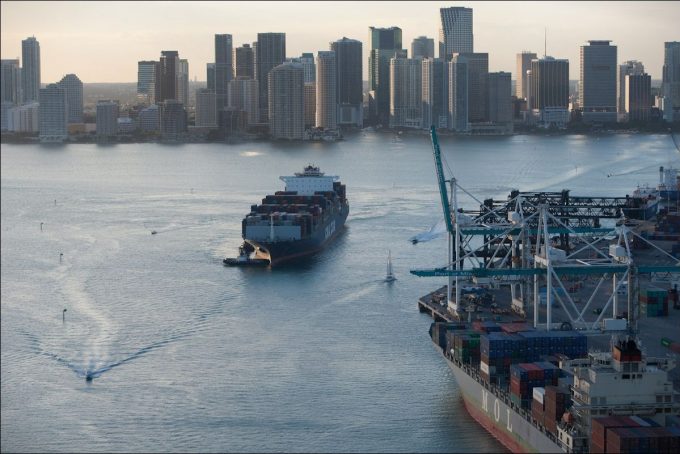Global trade volumes – strategy? WTF
Silver lining sought

The supply chain ripples from the US east and Gulf coast port strike have largely still to make themselves felt in global spot freight rates, according to this week’s indices.
Despite predictions that the transpacific eastbound headhaul trade might see a surge of demand into US west coast ports, the major spot rate indices saw freight rates decline on the trade: the Drewry World Container Index’s (WCI) Shanghai-Los Angeles leg declined 4% week on week, to $5,258 per 40ft, while the ...
Trump tariffs see hundreds of cancelled container bookings a day from Asia
'To ship or not to ship', the question for US importers amid tariff uncertainty
'Disastrous' DSV-Schenker merger would 'disrupt European haulage market'
'Chaos after chaos' coming from de minimis changes and more tariffs
Forto 'sharpens commercial priorities' as it lays off one-third of staff
List of blanked transpac sailings grows as trade war heats up and demand cools
EC approves DSV takeover of DB Schenker
Overcapacity looms for ocean trades – with more blanked sailings inevitable
Amazon Air’s metamorphosis: 'a different air cargo unit from two years ago'
Shippers in Asia restart ocean shipment bookings – but not from China
India withdraws access for Bangladesh transhipments, in 'very harmful' decision
'Tariff hell' leaves industries in limbo – 'not a great environment to plan'

Comment on this article